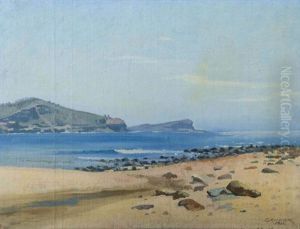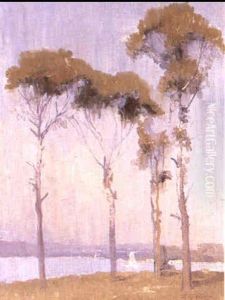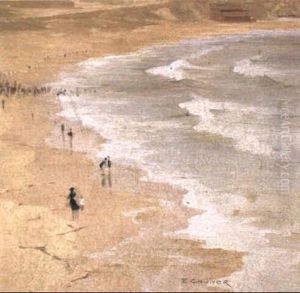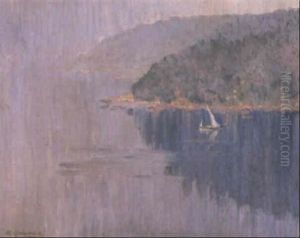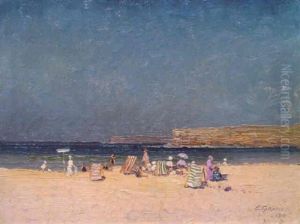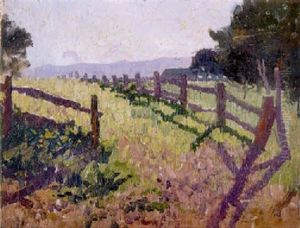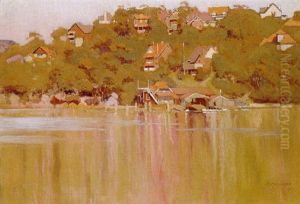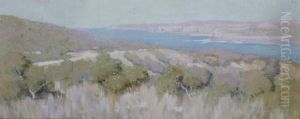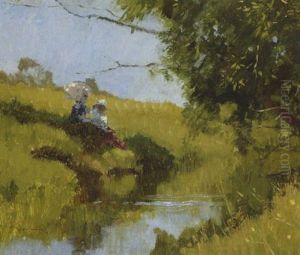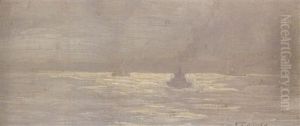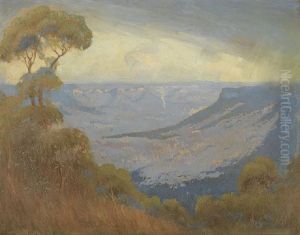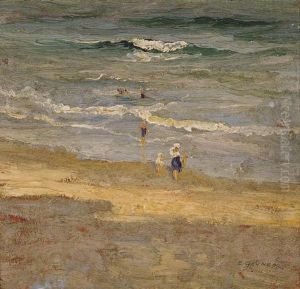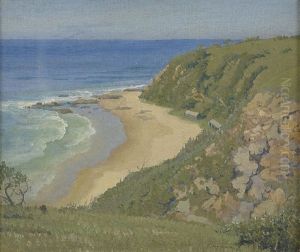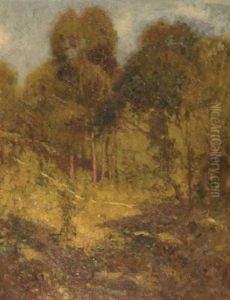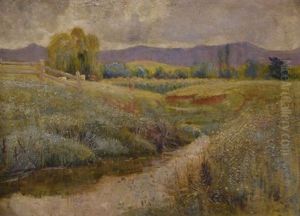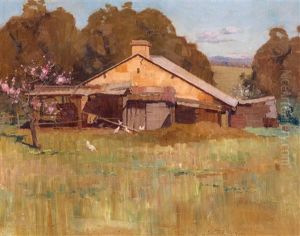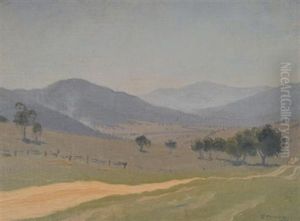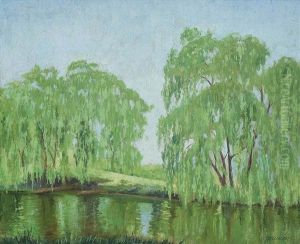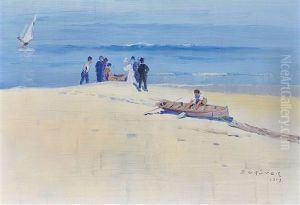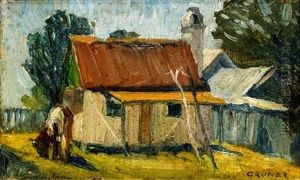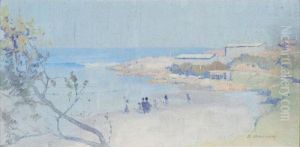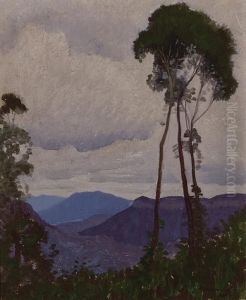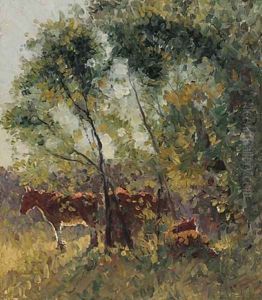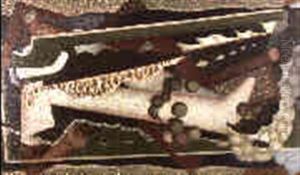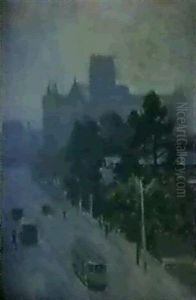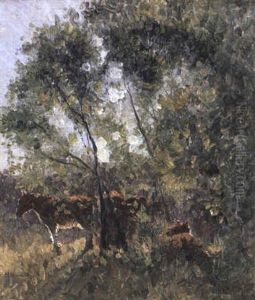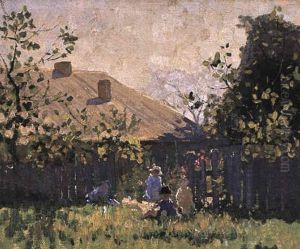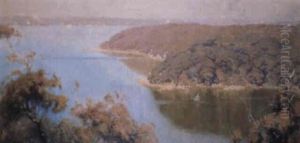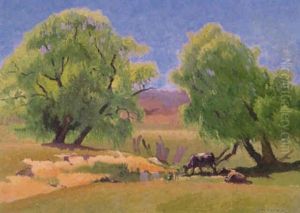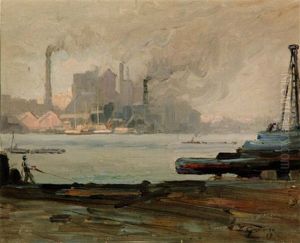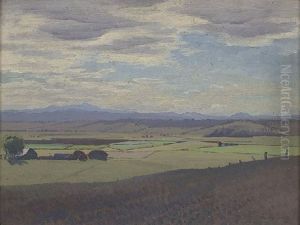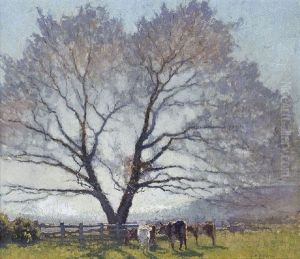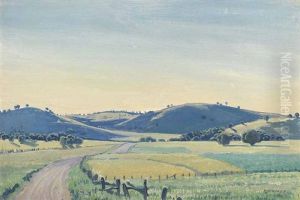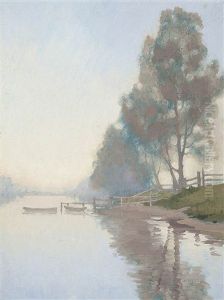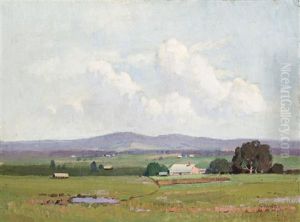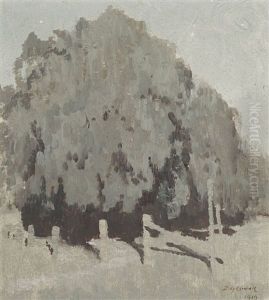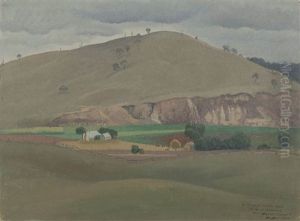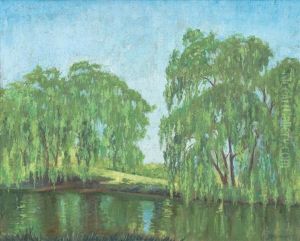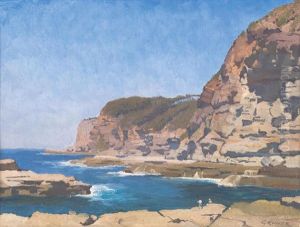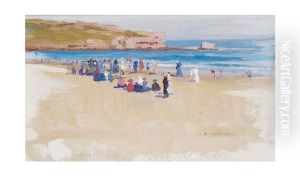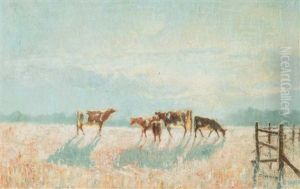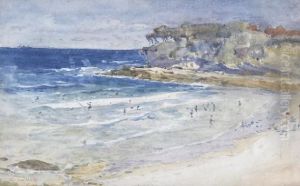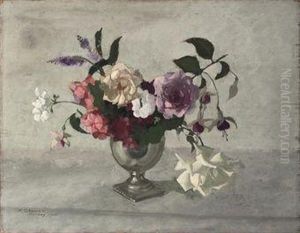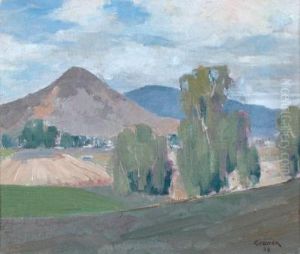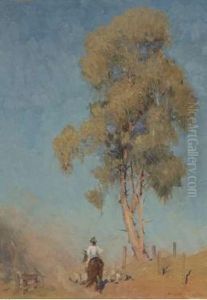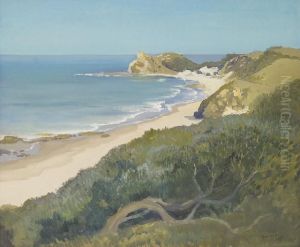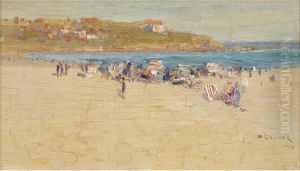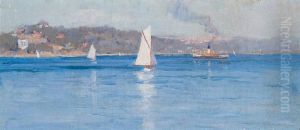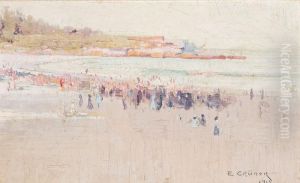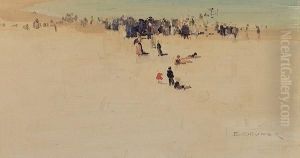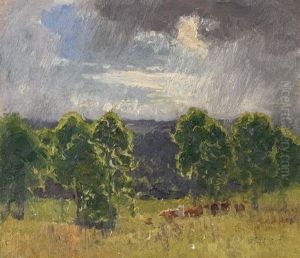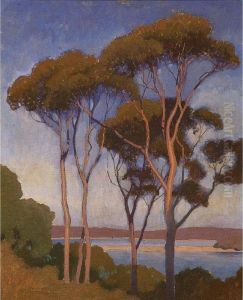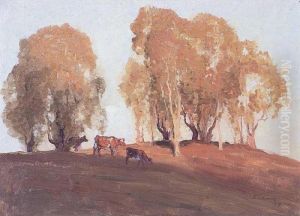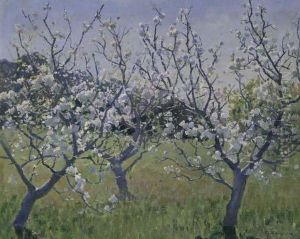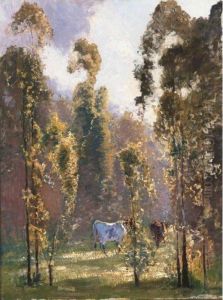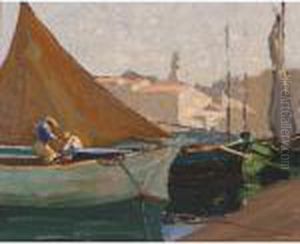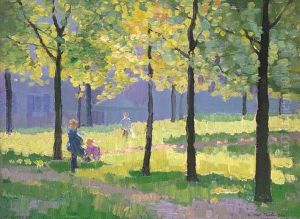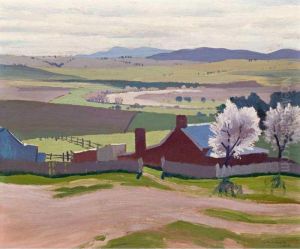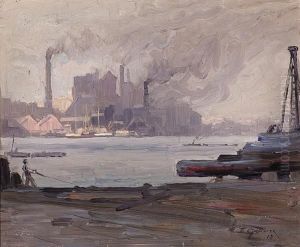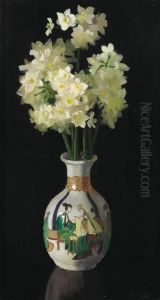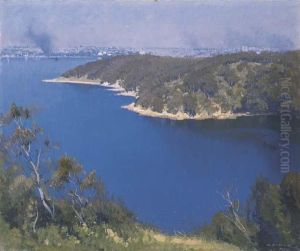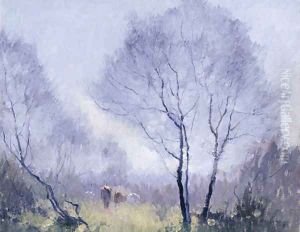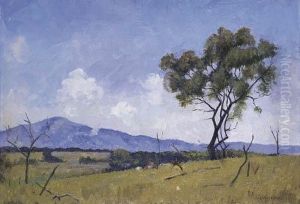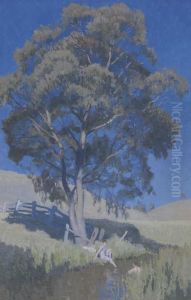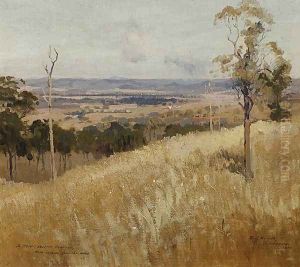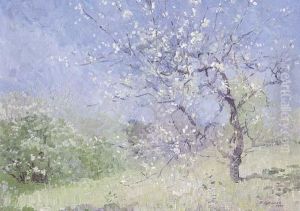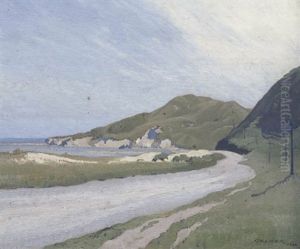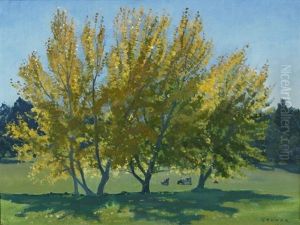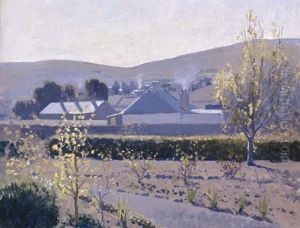Elioth Gruner Paintings
Elioth Gruner was an Australian painter, renowned for his skill in capturing the light and atmosphere of the landscape. Born on 16 December 1882 in Gisborne, New Zealand, Gruner moved to Sydney, Australia, with his family when he was three years old. His early life was marked by a struggle with illness, but this did not deter him from developing a passionate interest in art.
Gruner's formal art education began at the Sydney Art School, where he studied under Julian Ashton. He was particularly influenced by the works of the impressionists, and this is evident in his approach to painting, which often involved working en plein air to capture the transient effects of light on the landscape. He was adept at using a limited palette to create luminous scenes, and his brushwork was characterized by a sense of fluidity and precision.
During his career, Gruner won several prestigious awards, including the Wynne Prize for landscape painting seven times, a record at the time. His most famous work, 'Spring Frost' (1919), which depicts a frost-covered farm in the early morning, is considered one of the finest examples of Australian landscape painting and won the Wynne Prize in 1919.
Gruner's landscapes often depicted the rural areas around Sydney, including the regions of Emu Plains, Moss Vale, and the Blue Mountains. He worked extensively during World War I, capturing the Australian countryside, and after the war, he continued to explore the effects of light on the landscape, increasingly focusing on pastoral scenes.
Beyond his paintings, Gruner also made significant contributions to the art community in Australia. He taught at the Sydney Art School, influencing a generation of Australian artists. His approach to painting and teaching emphasized the importance of direct engagement with the subject and the development of a personal style through careful observation of nature.
Elioth Gruner's health declined in his later years, and he passed away on 17 October 1939. His legacy is preserved through his artworks, which continue to be celebrated for their evocative portrayal of the Australian landscape and their contribution to the development of Australian art. His paintings are held in major Australian galleries, including the Art Gallery of New South Wales and the National Gallery of Australia.
